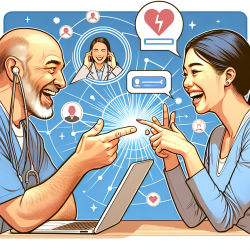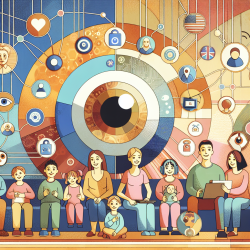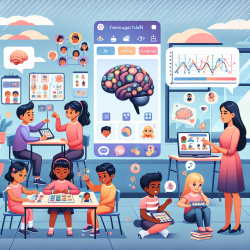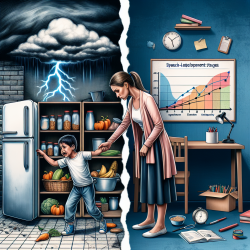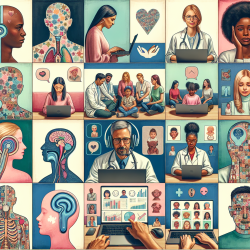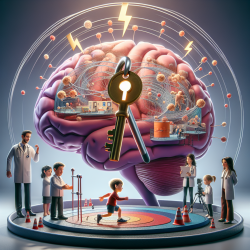In the realm of therapy and education, understanding nonverbal cues is pivotal. A recent study titled "Just Seconds of Laughter Reveals Relationship Status: Laughter with Friends Sounds More Authentic and Less Vulnerable than Laughter with Romantic Partners" sheds light on how laughter can serve as a subtle yet powerful signal in social interactions. This research offers valuable insights that can be leveraged by practitioners to enhance their therapeutic skills and improve relationship dynamics within educational settings.
The Dual Pathway Model of Laughter
The study explores the dual pathway model, which distinguishes between spontaneous (authentic) laughter and volitional (manipulated) laughter. Spontaneous laughter is typically more intense, higher in pitch, and longer in duration compared to its volitional counterpart. This distinction is crucial for therapists as it aids in deciphering the authenticity of interactions between individuals.
Laughter as a Relational Signal
Laughter serves as an indicator of mood and affiliation. The study found that people can differentiate between laughter directed at friends versus romantic partners with greater than chance accuracy. Laughter directed at friends tends to sound more spontaneous and pleasant, whereas romantic laughter may appear more vulnerable or submissive. For therapists working with students or clients, recognizing these nuances can inform their understanding of interpersonal dynamics.
Implications for Therapeutic Practice
- Building Rapport: Understanding laughter's role in signaling affiliation can help therapists build rapport with clients by fostering a more authentic connection.
- Assessing Relationship Dynamics: By observing laughter patterns, therapists can gain insights into the nature of relationships between clients or students, aiding in conflict resolution and relationship building.
- Enhancing Communication Skills: Encouraging clients to recognize and interpret nonverbal cues such as laughter can improve their communication skills and emotional intelligence.
Encouraging Further Research
This study opens avenues for further exploration into how different types of laughter affect interpersonal relationships across various contexts. Practitioners are encouraged to delve deeper into this area to refine their understanding and application of nonverbal communication in therapy.
Laughter is not just a simple expression of humor; it is a complex social signal that carries significant relational information. By integrating these insights into therapeutic practices, educators and therapists can better support their clients' social and emotional development.
To read the original research paper, please follow this link: Just Seconds of Laughter Reveals Relationship Status: Laughter with Friends Sounds More Authentic and Less Vulnerable than Laughter with Romantic Partners.
